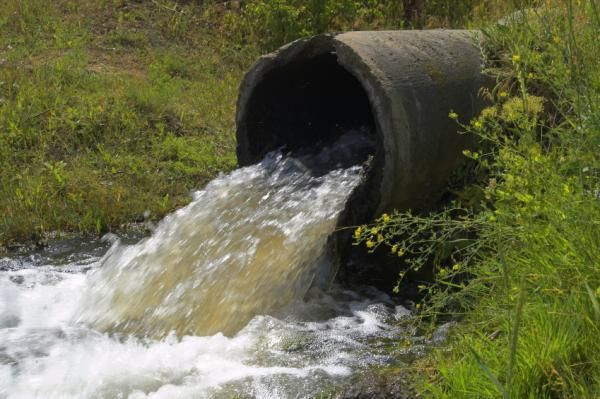Santa Clara Residents Hesitate To Drink Water Purified From ‘Toilet To Tap’ [VIDEO]

The right marketing might convince people in Santa Clara to start drinking water recycled from sewage, which hydrologists say is cleaner and safer than any water they're drinking on tap or from the bottle.
Perhaps county officials might brand the purified water as "eau de toillette," to be sold in blue one-liter glass carafes for €8.99 at Trader Joe's.
Understandably, residents of Santa Clara County in Northern California have recoiled from the idea of drinking — or bathing in — water purified from raw sewage at a new Silicon Valley Advanced Water Purification Center, a new $68 million facility near Alviso.
Some online commentators have comically, and predictably, linked the scientifically sound project to liberal politics. "[M]ake the city employees drink it, make the elected officials drink it, let' [sic] watch and see if union members will drink it or if affirmative action hires will drink it before it is forced on the public who will be forced to pay for yet another liberal leftist boondoggle," wrote "Osby" on Topix.Com.
When the new facility opens this fall, water from the plant will be directed for use in fire hydrants, landscaping, and electrical fountains, rather than residential units — in an area prone to drought but still suspicious of the science of water purification.
Water produced by the county plant is not merely safe for bathing and cleaning but potable, and much more so than most of what's in the pipeline or on the grocery store shelf, officials say.
Not merely "safe water" suitable for bathing and cleaning, potable water from the center's purification process produces water generally cleaner than anything else in the pipeline or on the grocery shelf.
"It takes a long time to educate folks and grasp this concept that this water can be purified to a level that's cleaner than what we are already drinking," Marty Grimes, of the Santa Clara Valley Water District, told reporters. "The reality is that we are able to produce water that is cleaner than all of our other water sources."
From Toilet To Tap
Generally in the hydrology purification process, coagulants like lime and alum are added to the water, causing particulates to clump together, after which the water is shaken into large clumps called "flocs." In the following sedimentation stage, the clumps of particulate settle to the bottom of the water-holding tank during a 24-hour period, after which the water is filtered and then disinfected, usually with chlorine. Radon and other gaseous contaminants are then removed during the process of aeration, which also controls bacterial contaminants.
But the center's method of water purification is even more advanced, using a three-step process beginning with microfiltration, which removes liquid and gas contaminants as the water filters through a semipermeable membrane. Then, the water is forced — by applied, not osmotic pressure — through another semipermeable membrane in "reverse osmosis," removing many types of molecules and ions. Finally, the water is zapped with ultraviolet light to kill any surviving microorganisms.
The center will produce eight million gallons of water per day in a drought-prone country, following Orange County to the south, which produces 70 million gallons of water per day using a similar method — soon to expand to 100 million gallons per day.
Below is a video explaining the "toilet water":
Published by Medicaldaily.com



























